Posts By marinamclaren

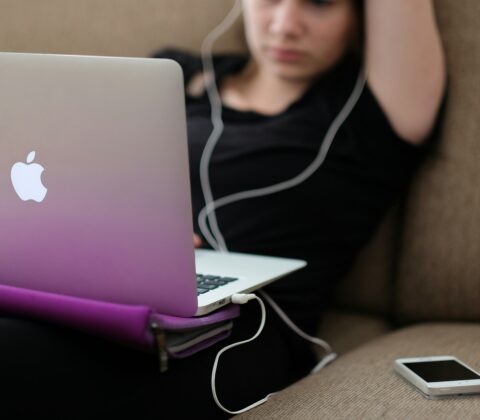
Peer Response Post #7
For this post, I will be discussing Matt’s Blog Post 4.
I loved the mention of personal experiences with OER, and I agree that youtube can be an amazing place to learn just about any skill. While I’m not into computer science, I’ve used Youtube to learn other skills such as cooking, playing instruments, and I love the channel CrashCourse, where their belief is that educational content should be available to everyone for free, aligning perfectly with the philosophies of OER.
I think Matt’s discussion of global education trends changing in the direction of OER if very important. Its awesome that governments in many countries are onboard with these initiatives; however, I think there is stil more widespread work to be done. In many geographical locations, access to the internet can be difficult, and for some, there are economic challenges to accessing online resources, even if the resources themselves are free. Moreover, digital literacy is a large hurdle for many, which makes accessing OER difficult. I wonder how we can make the OER movement all the more ubiquitous and ensure that everyone has equal access, regardless of these barriers; because after all, the point of movements such as OER is educational equity.
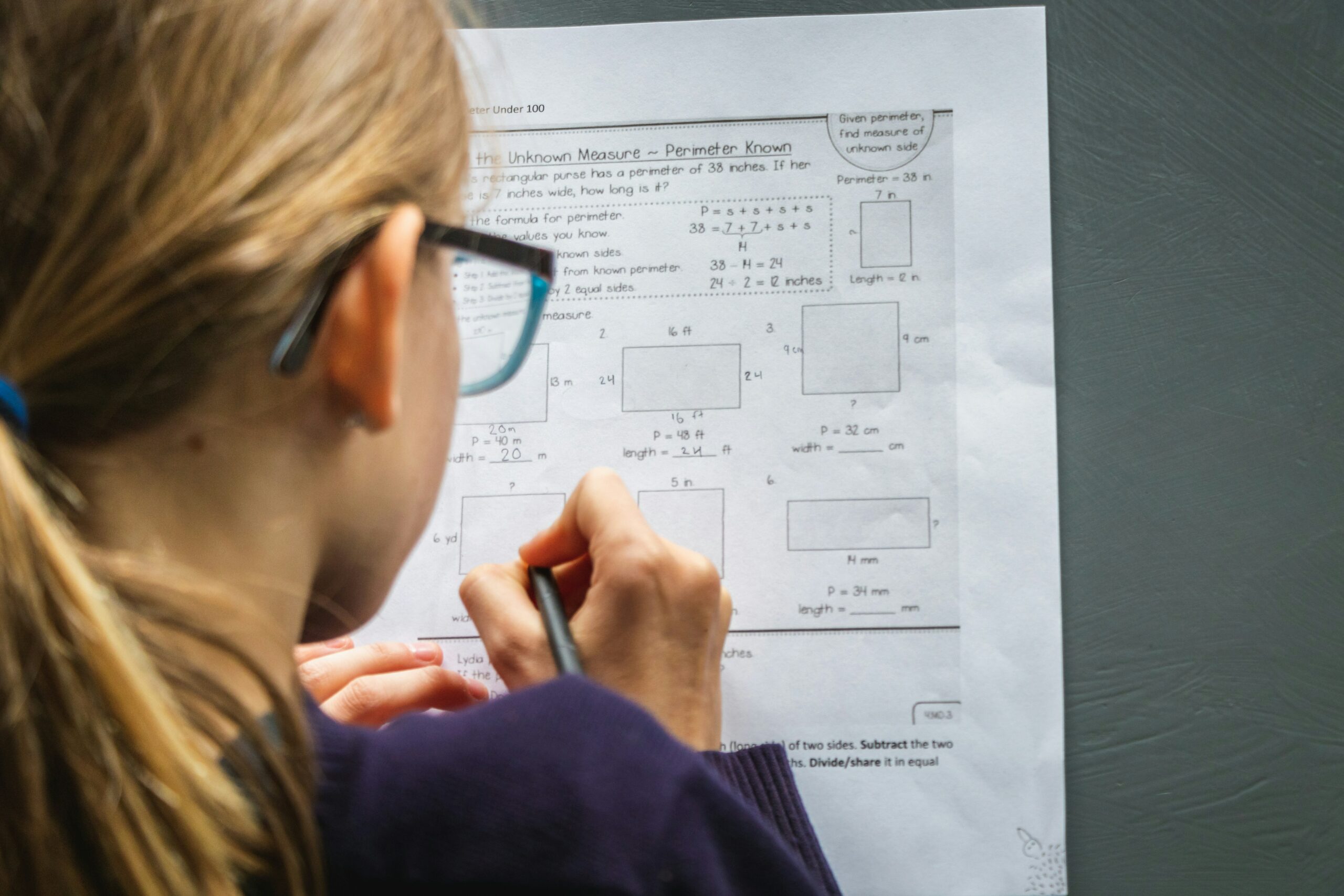
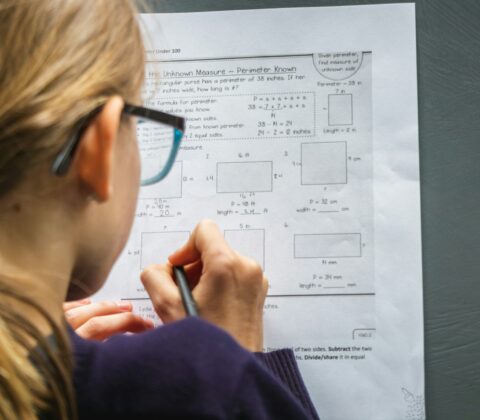
Peer Response Post #6
For this post, I will be responding to Ying’s Blog Post #4- Open Pedagogy.
Ying’s discussion of the newfound importance of inclusivity really spoke to me. It is exciting that inclusivity is becoming more of a priority in the educational landscape. Inclusivity is critical, as it reduces educational barriers, such as cost, and increases the relevance of learning materials across various cultural contexts. As more institutions adopt OER, the movement towards open access can help bridge disparities in education, addressing issues like the digital divide Ying spoke of, by promoting equal access to high quality learning materials and resources.
On the topic of open pedagogy as a whole; beyond collaboration, open pedagogy can support diverse learning styles by giving students the freedom to explore topics that they take interest in. This idea, that students can learn through their curiosity, is fundamental to a positive educational experience.


Blog Post #5- AI and its Role in Education
Introduction
As schools and universities grapple with integrating AI technology, a question arises: Are we enhancing the learning experience, or are we creating shortcuts that ultimately undermine it? In this post, I’ll be exploring the impacts of predictive technologies in education; the promise they hold for personalized learning as well as the potential problems they present.
Predictive Technologies in Education
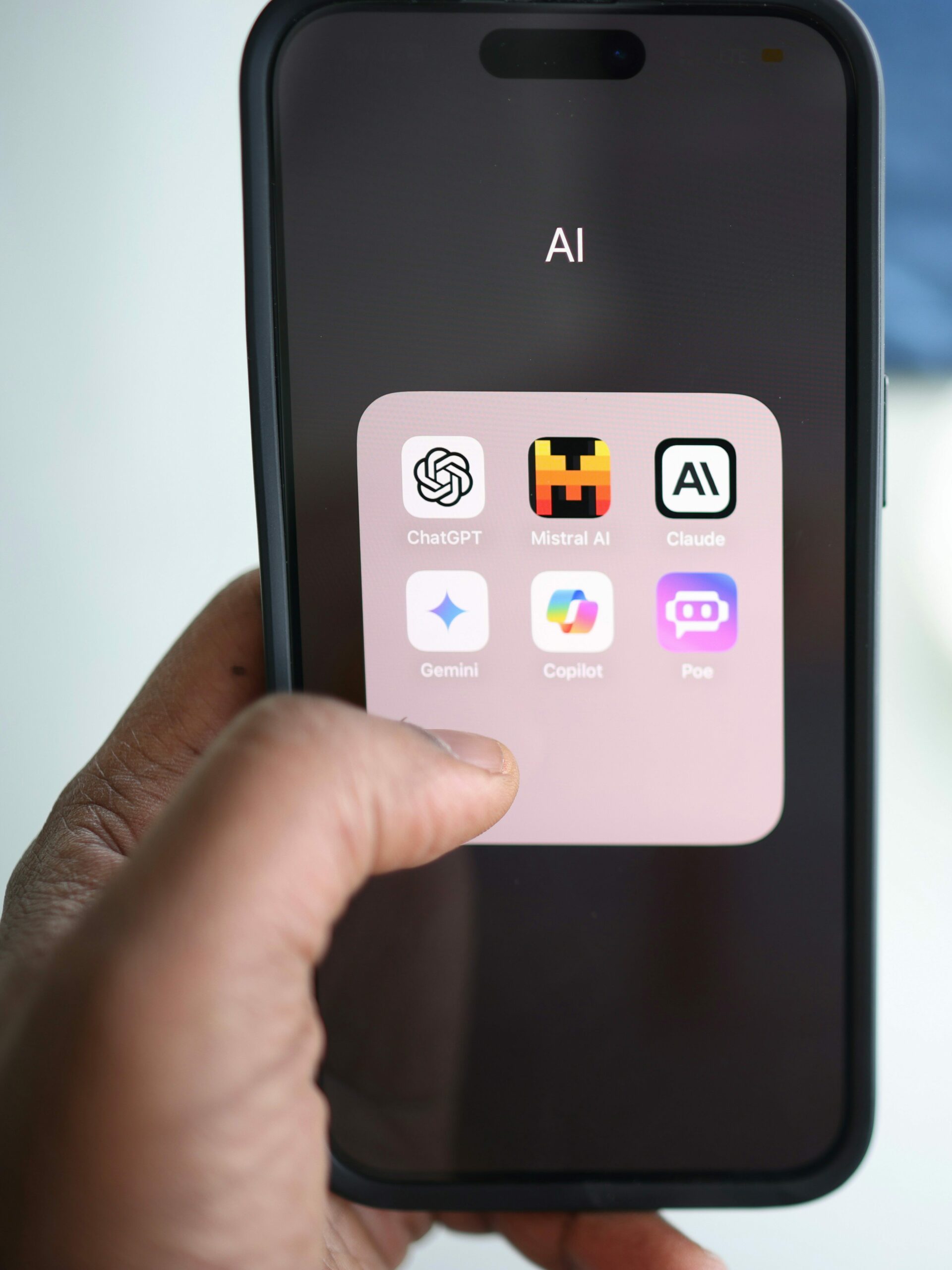
Today, predictive technologies such as AI are taking over online spaces, as well as educational spaces. While AI can be a useful tool, sometimes it is used in lieu of learning. For example, university can be a very stressful time for many students, and when one has five essays all due in one week, they may turn to an AI like Chatgpt to write an essay for them. The problem with this, is now the student is not demonstrating their learning, and instead they are committing a form of plagiarism. Moreover, Chatgpt can often give incorrect information, and students who use the AI for research may want to be more weary. While almost all students today are using AI to help them in their educational journey, a report from CTV news found that 52% of students over 18 have use AI to write papers or pass exams. This demonstrates just how ubiquitous the use of predictive technology is in education today; regardless of academic integrity.
While studies show that students will cheat regardless, what is concerning to me is the ability AI has to take away the learning process from students. Rather than brainstorming ideas and critically thinking about course material, students can enter prompts such as “critically analyze this text” and use the AI to think for them. This is not what education is about.
Here is an excerpt from a YouTube video by Drew Gooden which dives further into the world of AI, its purpose, and why we shouldn’t let it replace our creativity:
I found this video to be very inspiring, as an artist especially. I agree wholeheartedly with his thesis; while we can have AI do just about anything, why should we? We can do just about anything already! To bring this back to the topic of Ed Tech, I think there is a place for predictive technologies such as AI in education, for example to create customized lessons plans for more personalized learning, and aid teachers with admin tasks that take time away from educating. But overall, I see no reason why students should be using AI to complete their assignments, and I think if students continue to use AI, it will be detrimental to their educations.
AI Detection

In terms of detection, many institutions have begun to use AI detection to check if their students work has been written by AI. However, it seems that the AI itself is progressing more quickly than the detection technology, with features on some AI sites such as “humanize this” making it even easier for students who are essentially cheating to fly under the radar. On the other hand, generative AI such as Chatgpt offer bland styles of writing that educators are picking up on rather quickly.
AI generated images
AI images can be very useful for presentations or projects, however, there are a lot of downsides to the use of AI generated images. Here is a list of pros and cons for the use of AI generated images:
| Pros of AI images | Cons of AI images |
| – Finding Images of anything – Efficient to source – Can create artwork in a variety of styles | – Authenticity: AI learns from real artists to create images – Images can look uncanny or strange – Inconsistency – Job replacement: often AI images are sourced over the hiring of real artists |

This article dives into the ethics of AI generated art and how artists intellectual property can be protected. The main issue, as highlighted in the article, is that AI analyzes art from actual artists and uses to it generate images. Moreover, as described in the article, it is a “legal grey area”, making this a difficult problem to solve.
Conclusion

Predictive technologies are undoubtedly reshaping education, offering valuable tools that, when used thoughtfully, can support teachers and enhance learning. However, as we become more reliant on AI, we must remain vigilant about preserving critical thinking, creativity, and authentic intellectual engagement.
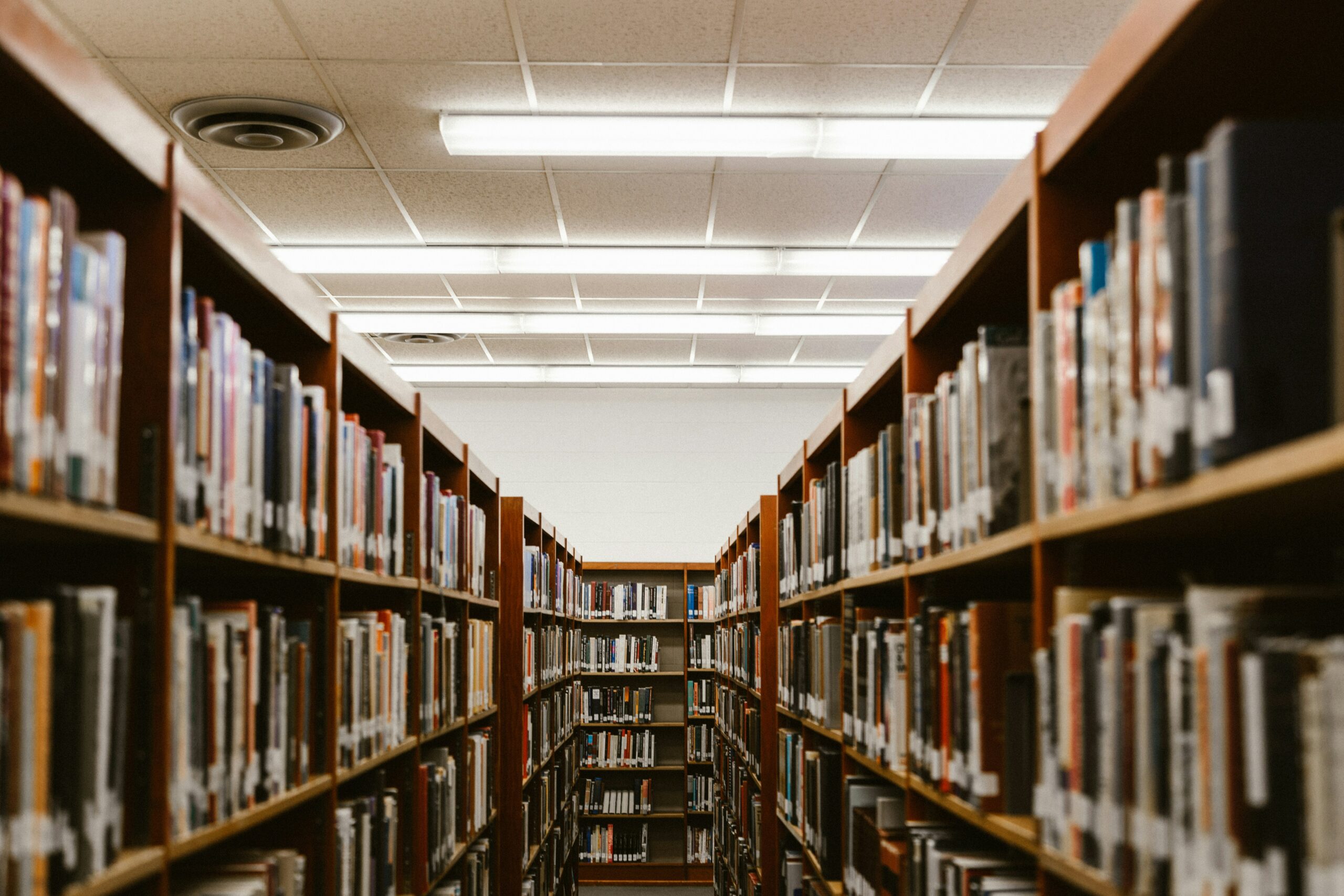

Blog Post #4: Open Pedagogy and OER
Open Pedagogy
In education, knowledge is shared. Open pedagogy follows this idea by emphasizing the sharing of resources as well as collaboration among learners and educators alike. This Youtube video provides a foundational definition and explanation of open pedagogy which is useful to understand for this blog post:

This idea that educational materials should be shared among everyone can sometimes cause fear for privacy risks. This article from UBC gives context to the potential risks of open pedagogy. I think it is important to recognize the risks along with the benefits, to ensure that we understand the ethics of open pedagogy before implementing it. Much of the risk comes down to privacy, and ensuring student privacy is always maintained; which is possible with open pedagogy so long as there is an awareness from the educator. Ultimately, the outcomes of shared learning resources are far greater than the downfalls. To illustrate just how beneficial open pedagogy could be, here is my comparison between open pedagogy and traditional learning:
| Open Pedagogy | Traditional Learning Methods |
| – Collaborative – Open licensed materials – Student driven – Contributions to discussions – Reflections | – Hierarchical – Proprietary materials – Curriculum driven – Consuming of information – Assessments |
As you can see, open pedagogy offers a learning environment which is not only more engaging for students, but will also aid with inclusivity, accessibility, and differing learning styles as it is often led by student creativity and curiosity.
The Role of OER
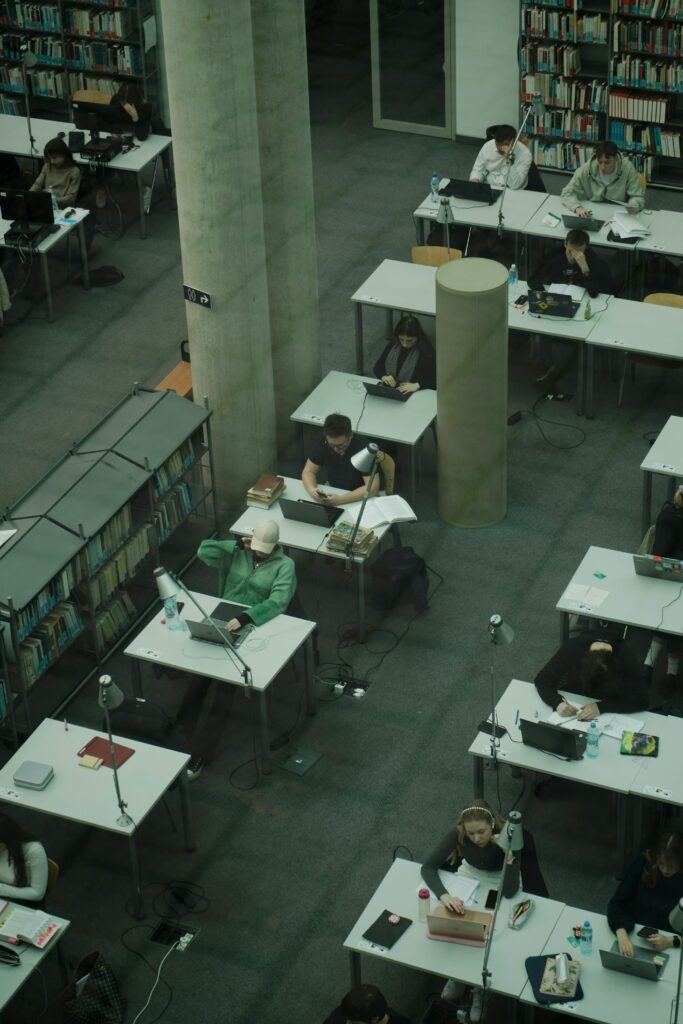
Open Educational Resources (OER) are teaching, learning, and research materials that are freely available for use, modification, and distribution. OER offer countless benefits to the educational landscape, and are transformative in their contributions to a more equitable and accessible educational world.
While the benefit of free resources is important in the role of education where often money is an issue, as outlined through this podcast episode from the University of Athabasca, the free aspect also means there can be a significant reduction in educational inequality. This episode outlines that cost is not the only benefit of OER, and some of the other benefits are as follows:
- Removing Barriers: By providing free access to quality educational materials, OER help remove financial barriers that can prevent students from accessing learning resources.
- Global Reach: OER can be accessed by anyone with an internet connection, expanding educational opportunities to populations in remote areas.
- Lifelong Learning: OER facilitate continuous learning opportunities beyond formal education, empowering individuals to pursue knowledge at their own pace and according to their interests.
- Encouraging Openness: The use of OER fosters a culture of openness in education, where sharing knowledge and resources becomes the norm, further supporting equitable access to education.
Implementing Open Pedagogy
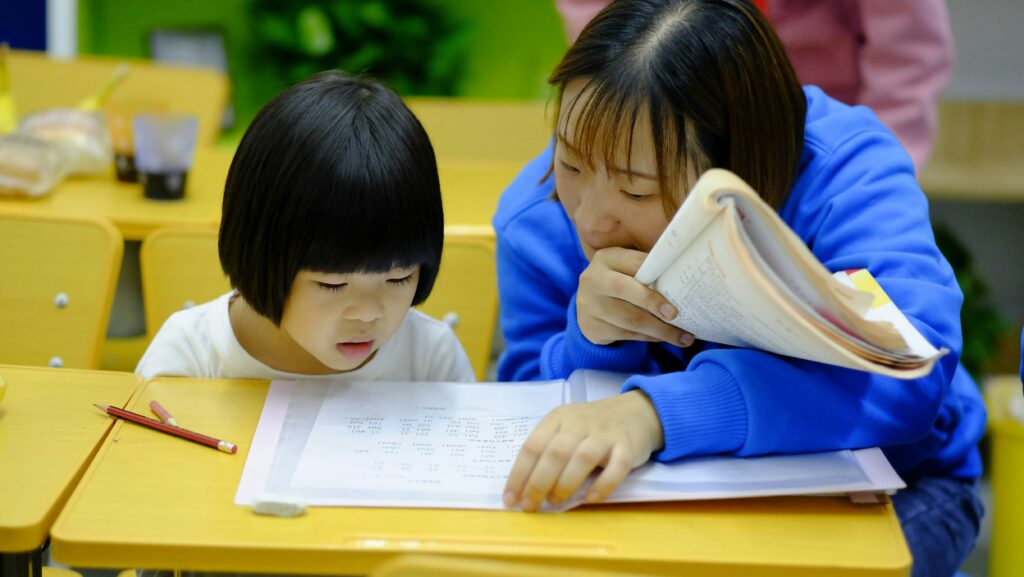
When it comes to implementing ideas from open pedagogy, there are many ways that each attribute can be implemented. However, I have countless ideas for how I would personally implement them. Firstly, to implement a collaborative learning environment, I would assign group work frequently, as well as engage students in group discussion, and encourage constructive peer feedback. To implement transparency, I would give students access to all the educational resources and materials so that they could look at them in their own time, as well as for the purpose of class assignments. To implement student centred learning, I would offer choices for how students can demonstrate their learning, and I would try to foster an environment where each students learning needs are being met. Moreover, I would offer students the opportunity to pursue their own topic of interest to encourage their learning interests.
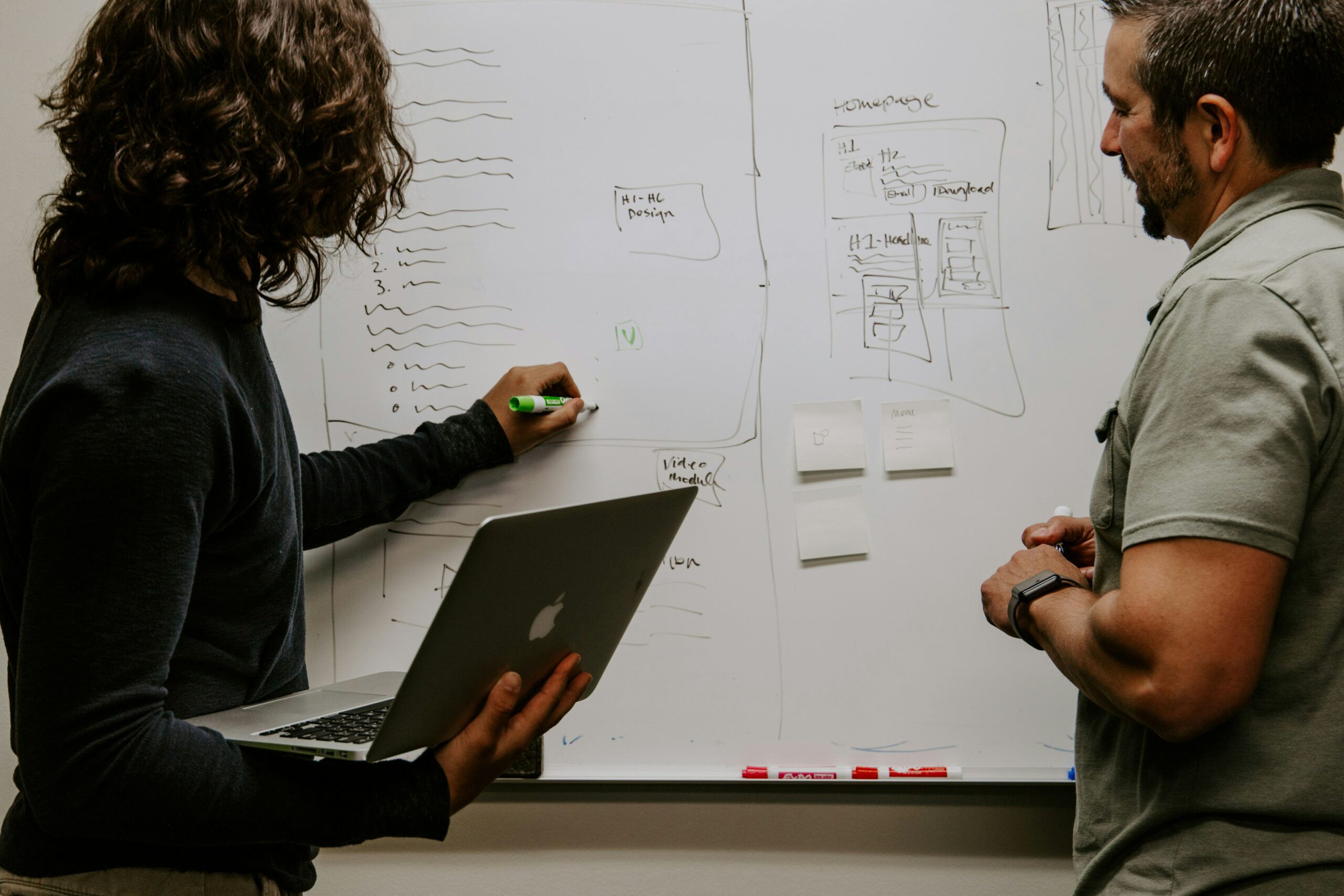
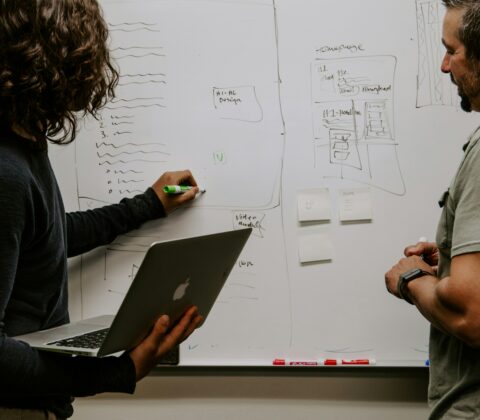
Peer Response Post #5
For this response I will be discussing Marco’s Blog Post #2 EDCI 339.
Marco’s reflections on pedagogy highlight important aspects of collaborative learning and the role of technology in enhancing our educational experiences. Technology is all around us today, and it is a very useful tool especially in pedagogy which prioritizes community and collaboration. I resonated with the experience of thriving in group projects; I love working in groups as I feel having multiple ideas from different can enrich my understanding. Marco’s insights into networked pedagogy demonstrate how diverse perspectives can challenge our viewpoints, which I think is so important today as the internet provides so many different perspectives that we all adopt.
Connectivism, as Marco mentioned, aligns well with our current learning environment, as it emphasizes the importance of engagement and knowledge-sharing. Additionally, their observations about instructors maintaining an accessible and supportive atmosphere made me think about balance in the digital world. Finding a balance between digital and in-person interactions is so important and I think it is a crucial aspect of digital literacy; without a healthy balance, we can end up feeling isolated and alone.
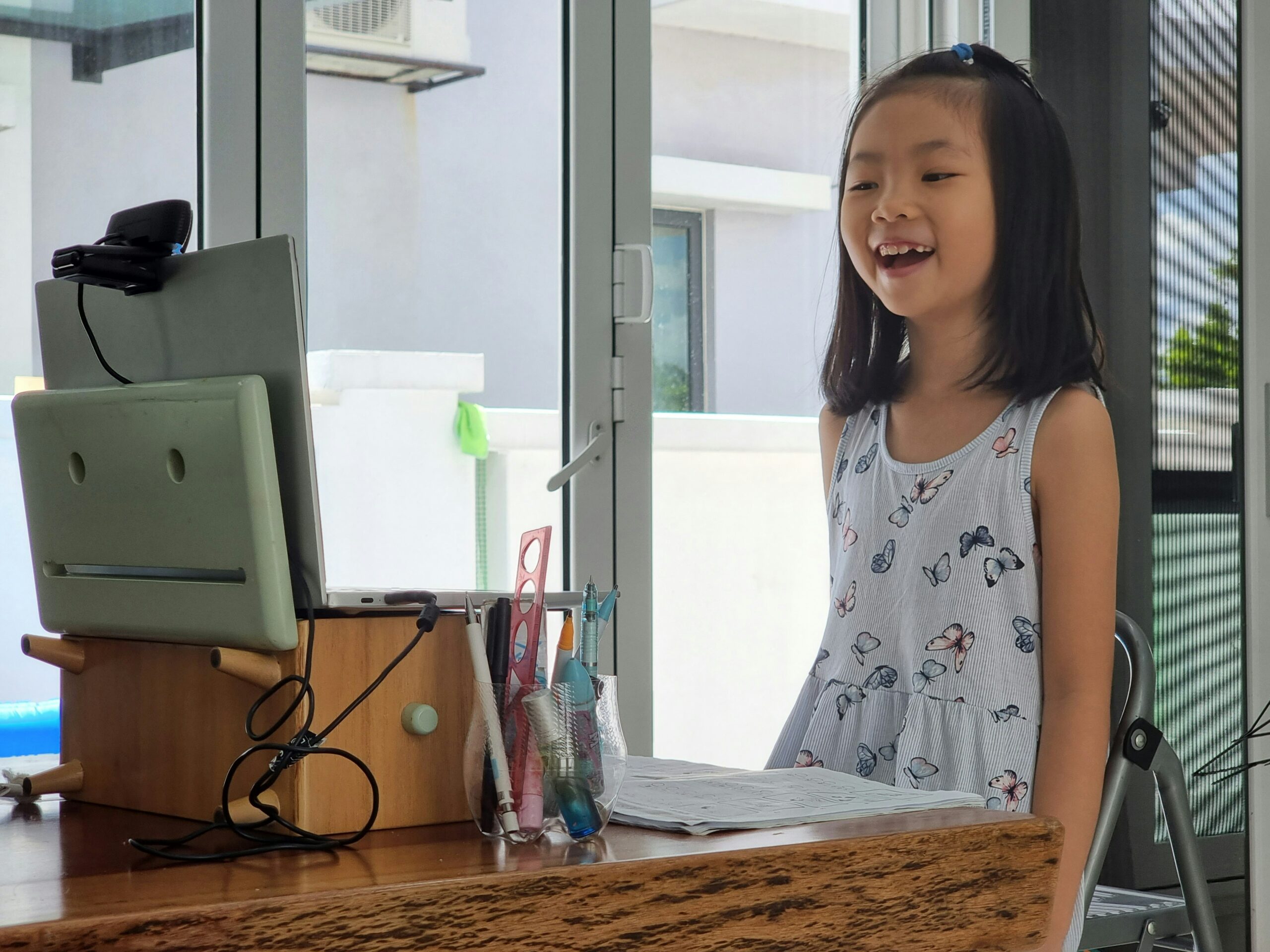
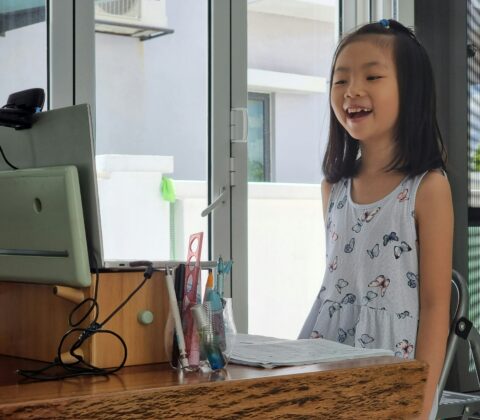
Peer Response Post #4
For this post, I will responding to Livia’s Blog #2.
Building on their discussion of pedagogy, I think it is important to recognize the role of collaborative learning in educational spaces; without collaboration, engaging in learning can be much more of a chore. Livia’s point about networked pedagogy really resonated we me; connecting with peers through platforms like the EDCI blog deepens our understanding and inspires us to refine our work. Networked pedagogy not only facilitates peer feedback but also fosters a sense of community that enriches learning. Engaging with classmates’ blogs allows for diverse perspectives and encourages critical thinking. Livia’s point considering the instructors role was very valuable to me, and it caused me to consider how online communication from instructors is vital in maintaining this collaborative environment. As we navigate digital spaces, we should be cultivating a supportive environment where constructive feedback thrives so that all learners to can grow in their educational journeys.
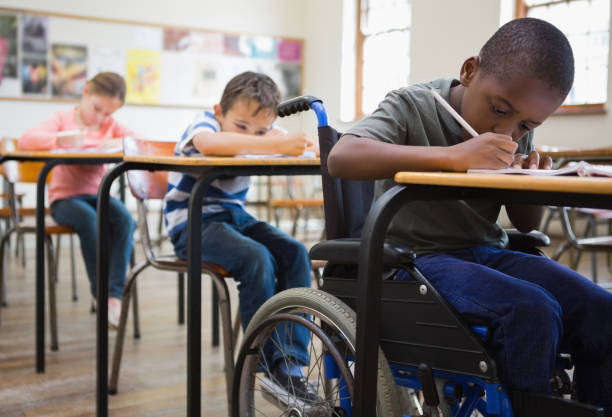

Blog Post #3: UDL and Accessibility
Universal Design for Learning (UDL)
The universal design for learning is an important framework which gives educators the tools to foster more inclusive and accessible learning environments, whether it be online or in person. I think the UDL is crucial in teaching, and through this framework, we see that not all students learn the same, but rather than shaming them or forcing them to learn in one way, we offer different ways to represent information, for students to engage with information, and for students to demonstrate their learning.
This image provides a visual which helps me understand the purpose of UDL a little better:

When I was in grade school it did not always feel like the UDL was being considered. For example, most of the time we were all told to take notes from a slide show or copy the teachers notes, and some students did not learn best this way, so it took them much longer than the rest of the class. When some students are struggling with one specific style of learning, it does not make sense to force them to “try harder” rather than considering that they may learn better through a different style. Through accommodation of all students, we can actually strengthen their learning through the use of the UDL.
Here is a Youtube video from the National Center on Universal Design for Learning helps to illustrate the need and purpose of UDL in action:
Accessibility in Online Learning
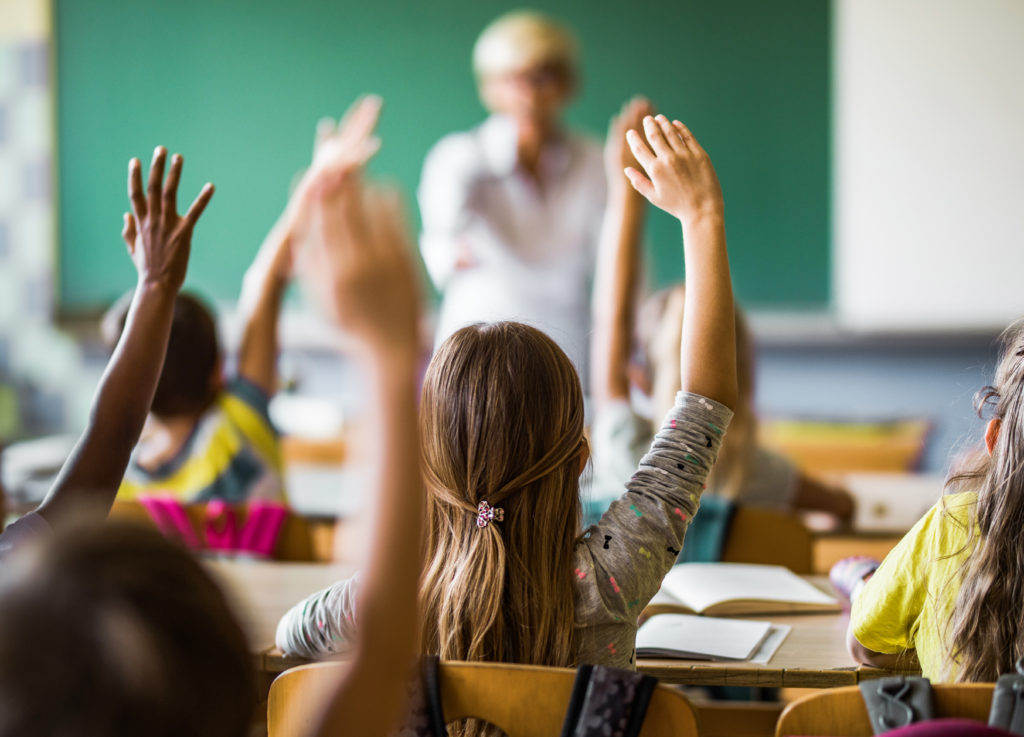
Accessibility in online learning is the idea that all students should have equal accessibility to knowledge, and through this idea, educators must design courses and develop teaching styles which will meet the needs of all students so that every learner can reach their full potential and is not held back by rigid lessons and inflexible educators. Accessibility is important not only in in-person classrooms, but also in online classrooms; To relate the topic of accessibility to virtual learning, check out this podcast episode which discusses practices to support students with disabilities in their online learning journeys.
To me, when considering accessibility, the most accommodating and helpful thing educators can do is to use all the resources they have and consider accessibility throughout lesson planning as well as instruction. Accessibility cannot be an afterthought, and it must be incorporated at all times. So, examples of tools which can be used for accessible learning are:
- Using multiple learning modalities (as described in UDL section above)
- Consider use of jargon or complicated language
- Consider readability of documents or slide shows
- Representing information through multiple sense pathways (visual, auditory, tactile, etc.)
Some more examples can be found on this blog: Accessible Learning: 10 Ways to Create a Better Learning Experience.

As an aspiring teacher, I want to be as knowledgeable as I can on how to create a welcoming, accessible, and inclusive environment for all of my students. I believe that the best way to create this environment is to form connections and relationships with students; to care about them and their interests. An educator who cares can provide the best learning experiences that are tailored their student’s needs and interests.
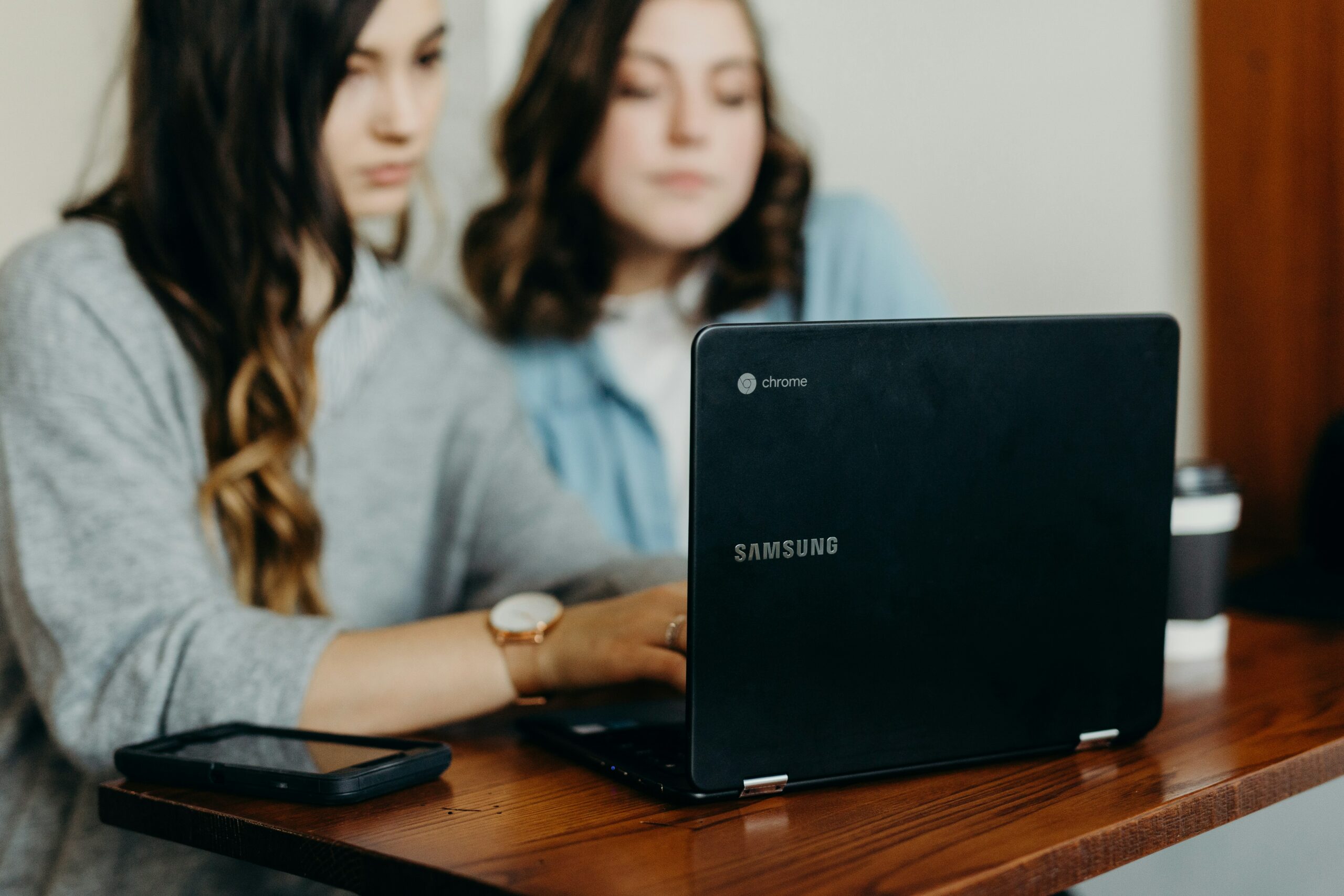

Peer Response Post #3 – Marina McLaren
For this response post, I will be discussing Emma’s Blog Post #1.
This blog post provided insightful ideas about distributed and open education, and it sparked some thoughts for me on how these models could shape the future of learning. One idea that comes to mind is the potential for personalized learning pathways. As education becomes more flexible through distributed and open models, there’s more opportunities available to tailor learning experiences to the individual’s needs and interests.
Another thought that could build on the ideas in Emma’s post is the increased opportunities for peer-to-peer learning that result from open education. Open education gives better access to education, and creates a space for collaboration between learners. With more access to resources, learners could take on teaching roles themselves, creating a more decentralized model of education. This could function through many different modes of learning, from online asynchronous to face-to-face.
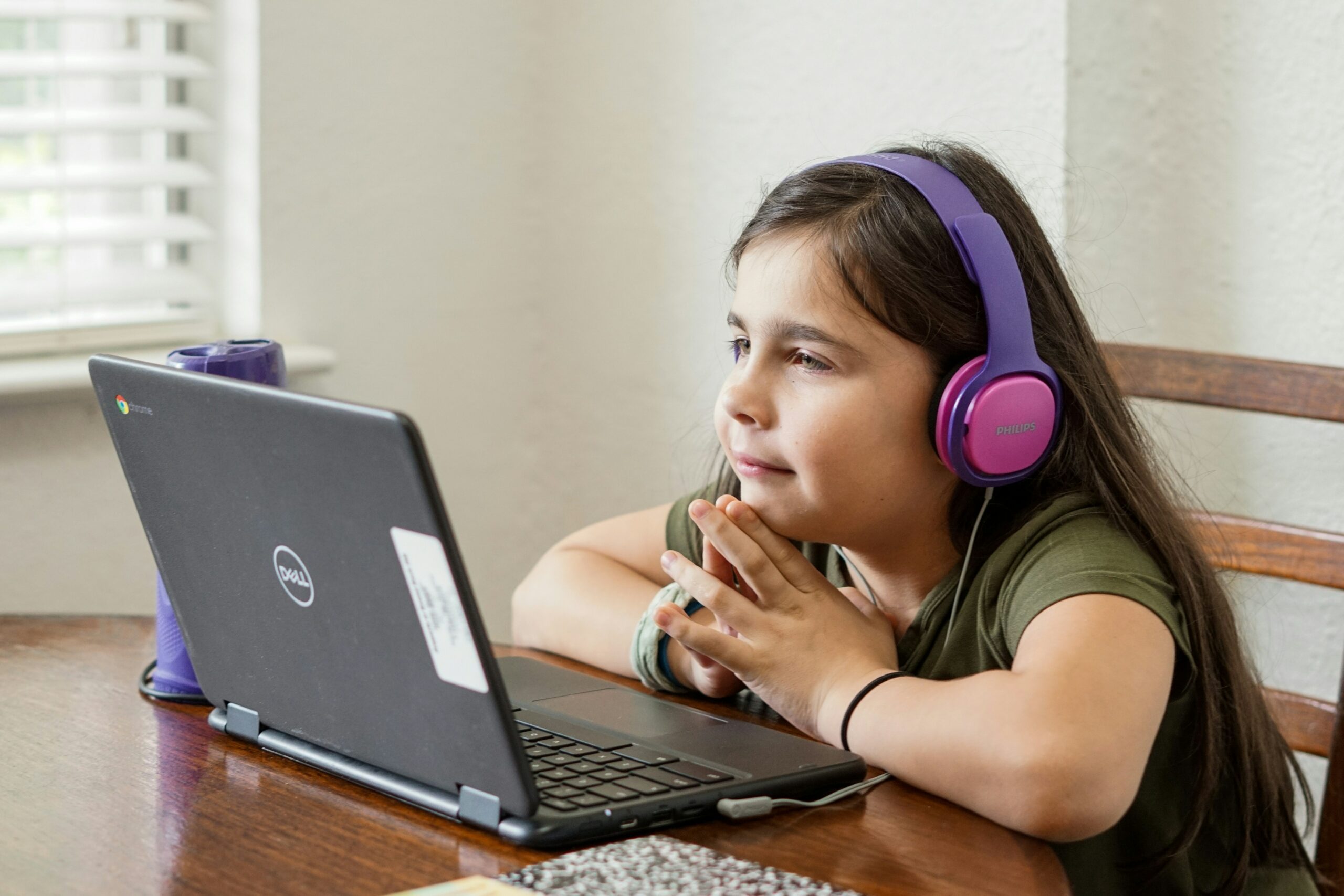
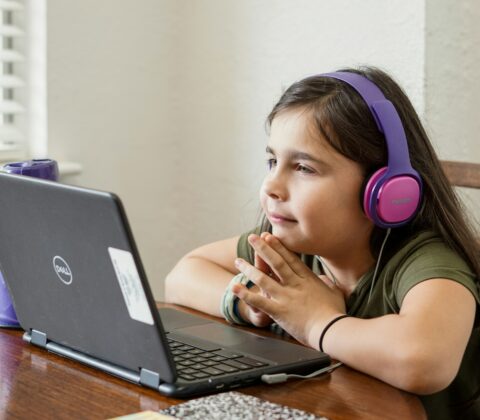
Peer Response Post #2- Marina McLaren
For this response post I will be referring to Josh Machado’s Blog post #1.
I really enjoyed reading this post. It reflects well on how education has evolved with regards to open and distributed learning. The shift from traditional, face-to-face teaching methods to a more flexible, technology-driven approach is especially interesting to me, especially in response to the COVID-19 pandemic.
The focus on digital literacy and managing one’s online identity is particularly relevant in today’s digital age. As technology becomes increasingly centred in education and every other part of daily life, effective digital literacy skills are becoming essential. This post demonstrates how online presence and contributions can also create opportunities for professional connections. The idea that an online presence can further career goals causes me to think about the future for students who are still children today, and how their digital literacy may have a profound effect over their professional futures.
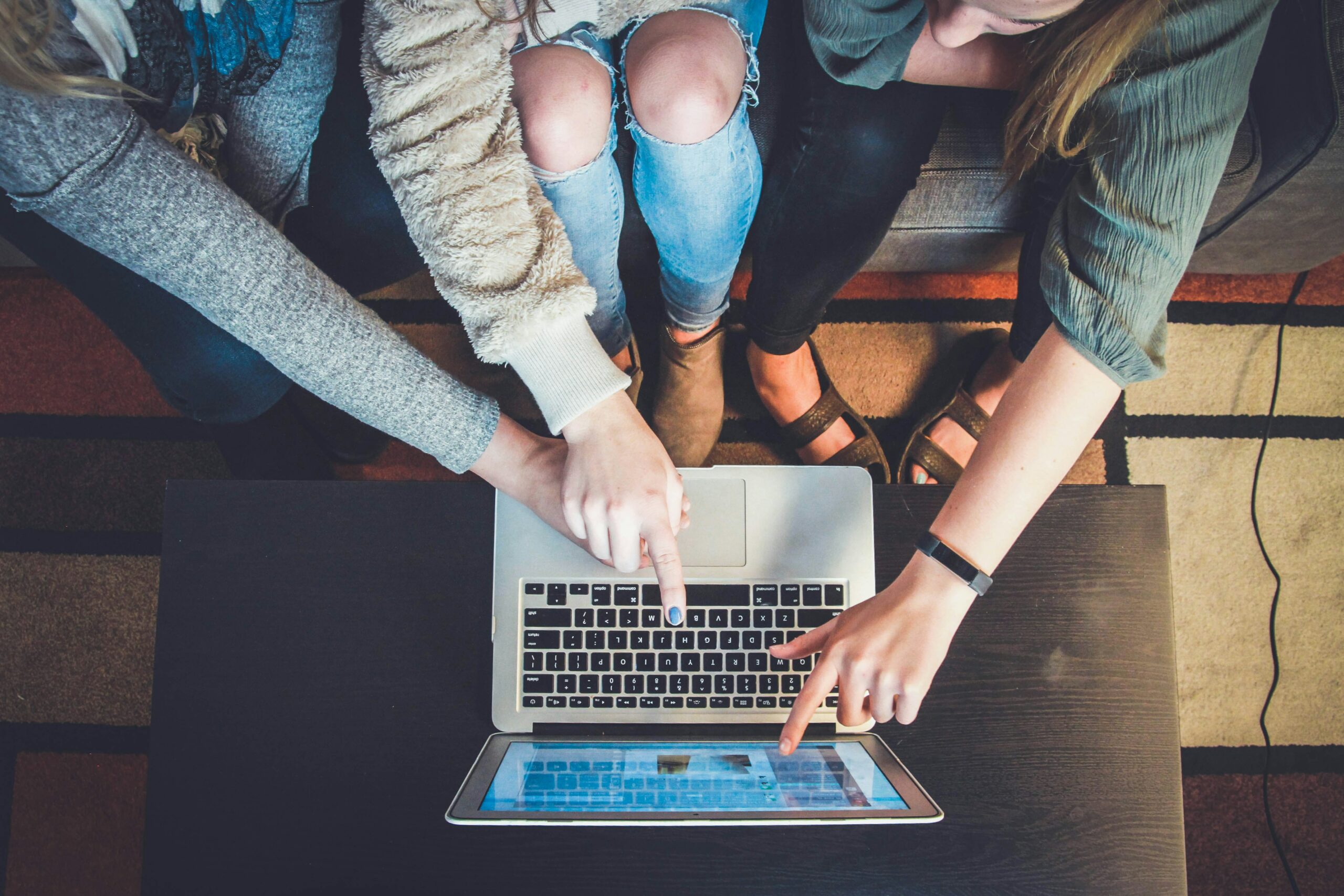
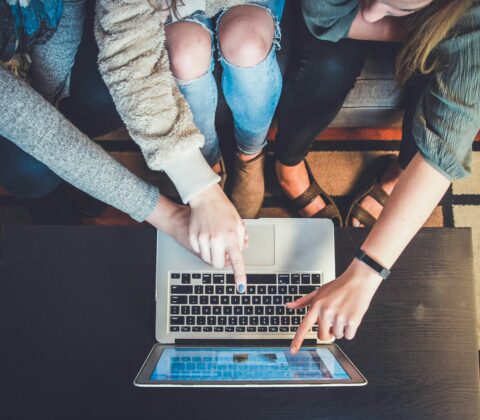
Peer Response Post #1- Marina McLaren
For this response post I will be discussing Abby Watts introduction blog post.
I really appreciated the ideas put forward in this post, specifically regarding the need for open learning that is present due to financial barriers. I think the Hila Azadzoy Ted talk illustrates this point very well; technology can open doors to education for those who may have been left out of traditional systems.
Something that came to mind after reading Abby’s post was how important it is to also consider the role of infrastructure in supporting open learning. While open learning can reduce many barriers, access to technology itself (such as available internet access or connection, as well as digital literacy) can still be a challenge, especially in rural or lower-income areas. It makes me wonder how we can ensure that everyone has the tools they need to take full advantage of these opportunities.
I am also curious about how we can make online learning more interactive and engaging, as mentioned in the post. I know from experience that at times, virtual learning can feel a bit isolating, especially if its in an asynchronous mode. I think that for this reason, finding a way to build and foster a community online is absolutely necessary for a successful learning experience, for both the students and the educator.